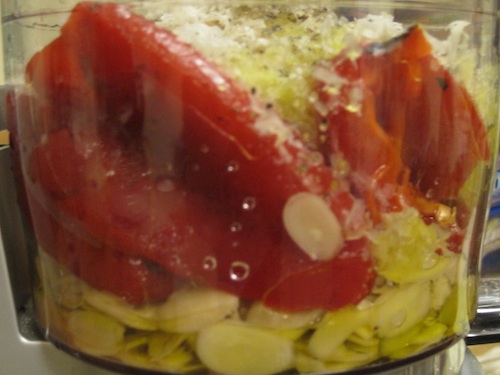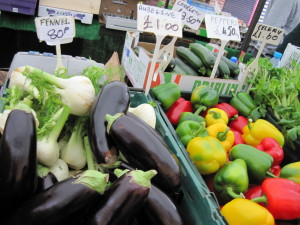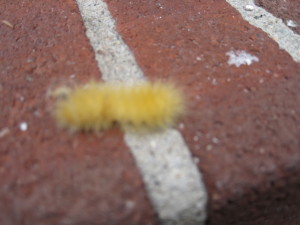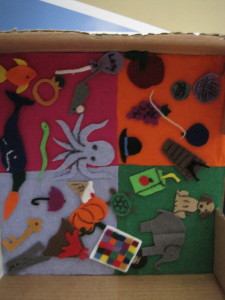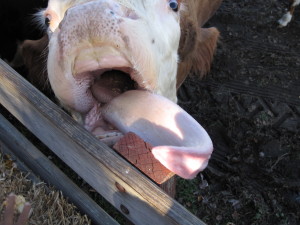It is winter, and the thing is we’re all acrimonious.
There was a cop car in front of my house today.
My landlady was arguing with the landlord next door
about who put what snow where.
It builds up and closes us around.
The city carves out channels for itself between steep white cliffs
and every street corner has its own filthy mountain
slowly icing over in the cycle of freeze-thaw-freeze
and you start to feel a little claustrophobic
and wake choking from the dream of snow, clogging your mouth and sliding,
frigid
down into your lungs.
Can you drown in snow?
Or maybe in the sordid greyish slush waters that are every sunny January day’s unwelcome gifts?
The first snow of every winter retains its magic,
and then once or twice again, when the flakes are so fat and you can just forget about tomorrow’s errands and your car
and your total lack of waterproof footwear,
and just turn your face up and watch it come.
It is best to do this right under a street lamp.
It is best of all to do this with somebody who will laugh with you, or
when inclined to solitude,
do it all alone, and be assured of your beauty, standing there.
If I had a camera with me
walking home, and I saw you from down the block, standing there
with your mouth open and your eyes closed, enjoying
everything,
I would take your picture.
You, there, in the falling snow.
You are so beautiful.
Forget about the acrimony. The days are getting longer.
Think about the snow as a gift,
if you moved back and forth to Australia at the wrong times of the year, you might go 20 months without seeing any snow at all!
You would miss it.
You will miss it. In August. When it is too hot to breath and you can’t fuck because
you would stick to your lover.
You lie gasping on the couch and look at them naked
and nothing has ever been so unappealing.
You’ll miss the snow then, and the wonder of the cool flakes
falling onto your cheeks and into your waiting mouth.
You’ll miss being able to touch people.
The snow is as much a blessing as a curse.
Forget the acrimony.
Winter is at most another two, two and a half months.
May will be here soon enough, and then the heat.
Meditate on variation, live in the moment,
get your shovel.
It is snow season. Let it be.


